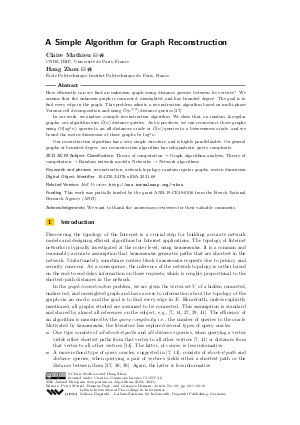LIPIcs.ESA.2021.68.pdf
- Filesize: 0.91 MB
- 18 pages

 Creative Commons Attribution 4.0 International license
Creative Commons Attribution 4.0 International license











































Feedback for Dagstuhl Publishing